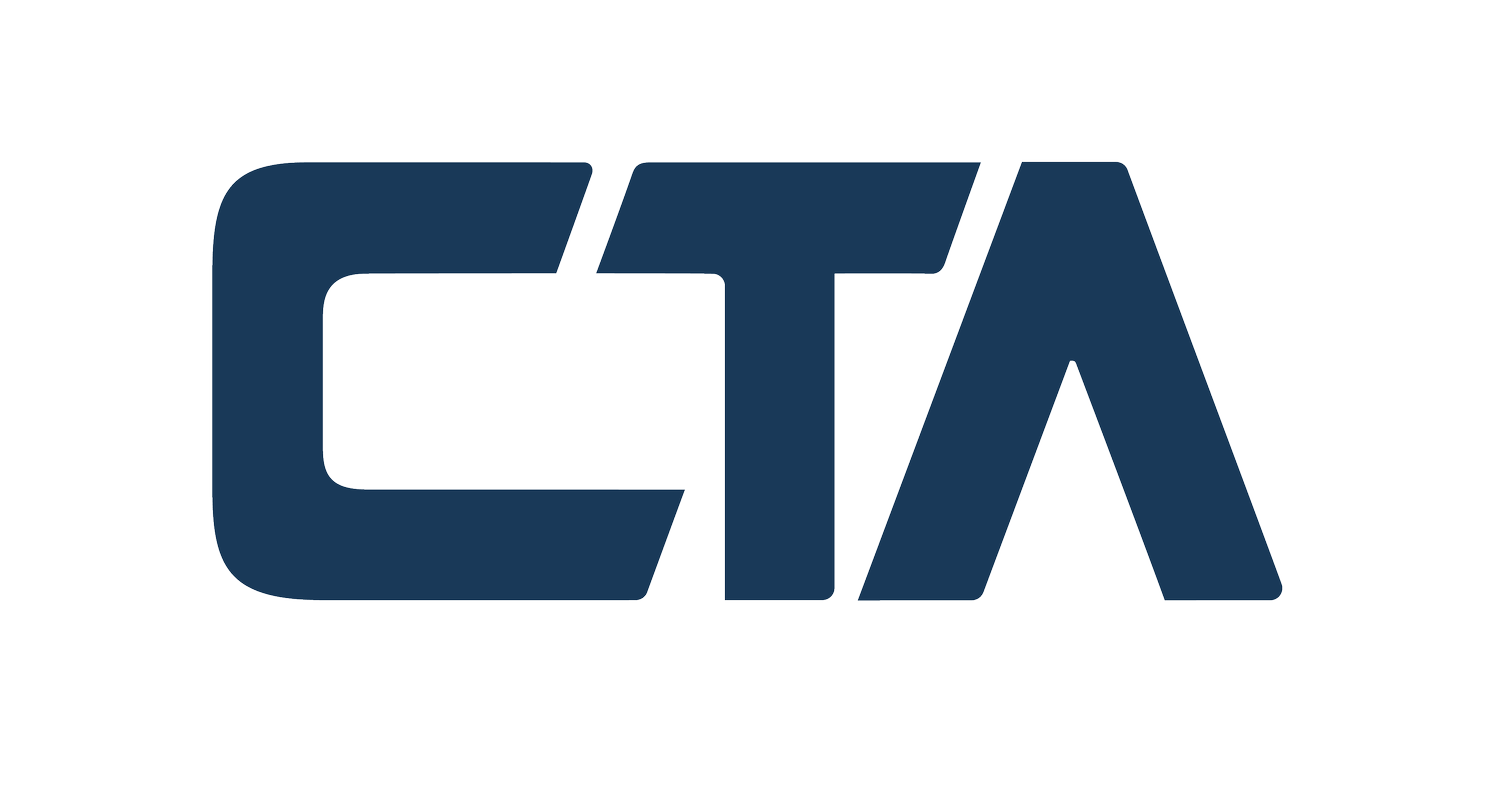Introduction
Cost segregation is a critical tax-saving strategy for real estate investors and property owners. It involves identifying and reclassifying personal property assets to accelerate depreciation deductions, thereby reducing taxable income and increasing cash flow. In this article, we will explore real-world cost segregation case study examples, highlighting their impact on tax savings and investment strategy.
Case Study 1: Commercial Office Building
Background
A real estate investor purchased a commercial office building for $5 million. Initially, the building was depreciated over 39 years using the straight-line method.

Cost Segregation Study
A cost segregation study was conducted, which reclassified 20% of the property’s value ($1 million) to personal property and land improvements, eligible for 5, 7, and 15-year depreciation schedules.
Results
- Immediate Tax Savings: The accelerated depreciation resulted in an additional $200,000 in depreciation expenses in the first year.
- Long-term Benefits: Over the first five years, the investor saved approximately $500,000 in taxes, significantly improving cash flow.
Case Study 2: Residential Apartment Complex
Background
An investment firm acquired a residential apartment complex for $10 million. The property was initially set for a 27.5-year depreciation schedule.
Cost Segregation Study
The study identified 25% of the property’s value ($2.5 million) that could be depreciated over shorter life spans.
Results
- Enhanced Cash Flow: The firm experienced a reduction in taxable income by $300,000 in the first year.
- ROI Improvement: The increased depreciation deductions over the initial years enhanced the property’s return on investment.
Case Study 3: Manufacturing Facility
Background
A manufacturing company purchased a facility for $15 million, with an initial depreciation schedule of 39 years.
Cost Segregation Study
The study reclassified 30% of the property value to shorter-life assets.
Results
- Tax Deferral: The company deferred approximately $600,000 in taxes in the first year.
- Increased Profitability: The tax savings were reinvested into the business, leading to increased operational efficiency and profitability.
Conclusion
These real-world examples demonstrate the significant benefits of cost segregation studies in various property types. By accelerating depreciation, property owners can enjoy substantial tax savings, improved cash flow, and enhanced investment returns. It’s crucial for investors and business owners to consider a cost segregation study as part of their tax planning strategy.
For further information on this topic, take a look at our blog article IRS Cost Segregation Guide, or do not hesitate to reach out to us.








